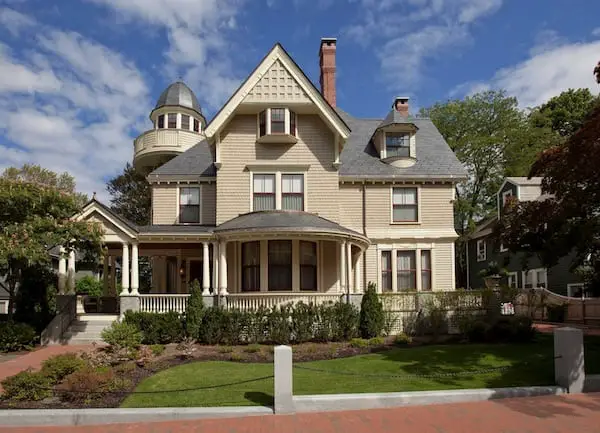
There’s no denying that older homes have a great appeal. They come with the charm of a bygone era, the patina of age, and a level of craftsmanship that simply doesn’t seem to exist anymore. Sadly, they also come with substandard foundational pieces and fixtures that just can’t handle the demands of modern inhabitants.
In many cases they aren’t up to current city building codes (which could prove extremely problematic should you want to renovate). And they come with a whole passel of problems to plague you. So before you sign on the dotted line and take ownership of an older property, there are a few truly frustrating issues you might want to consider in order to make sure you know what you’re getting into.

Image via: Creative Architects
Plumbing issues
One of the most common issues with older homes revolves around their plumbing, and it’s no surprise considering how much water we use these days. In addition, you have to consider that standards and practices for plumbing, including the caliber of materials used and the procedures followed, may have vastly improved in the intervening years since your home was built. That, in concert with the ravages of age, could leave you in need of a pricy plumbing overhaul.
Electrical problems
Depending on how old your home is, the electrical system may be more or less equipped to deal with the energy draw that most modern homeowners demand. If, for example, you live in a house that was built in the early part of the 20th century, chances are it wasn’t set up to handle a television and a refrigerator, much less the multiple electronics and appliances that modern man runs day and night. Plus, wiring can corrode and decay with age. So it should come as no surprise that the electrical system is one of the first things you’ll want to upgrade when you take on an old-time fixer-upper of a home.

Image via: Adrienne Ingram
Failing roof
Depending on the type of roofing on your house and the age of the shingles or tiles, you may need to consider all-out replacement when you purchase an older home. It’s not uncommon for older roofing to experience leaks, sagging, and other issues, especially if the previous owners went twenty or more years without replacement or they’ve neglected to maintain the current hat on your house.
House Settling
Over time, it’s natural for a house to settle on its foundations. This could lead to all manner of problems, from uneven or slanted floors, to cracks in the foundation, to structural issues that make the home a danger to its inhabitants. While a savvy home inspector should have no trouble spotting these issues, you might want to bring along a marble when you view old homes – set it on the floor and see if it rolls on its own if you want to spot potential issues with settling.

Image via: Peter Vanderwarker
Mold Issues
This doesn’t fall under the heading of your average handyman projects when you find mold in your home you’re going to have to call out the experts to deal with it. And unfortunately, older homes may be more prone to this type of problem thanks to inadequate insulation, leaky pipes, or simply the regular deterioration that occurs with age.
Before moving into an older home think of these essential considerations first. While every older home doesn’t have challenges, many do. Older homes are beautiful when restored back to their original charm but with updated systems such as architectural, structural and mechanical solutions. If you are out house hunting or you have an older home that you’re thinking of putting on the market – use these helpful tips to ensure your older home is gorgeous and safe.